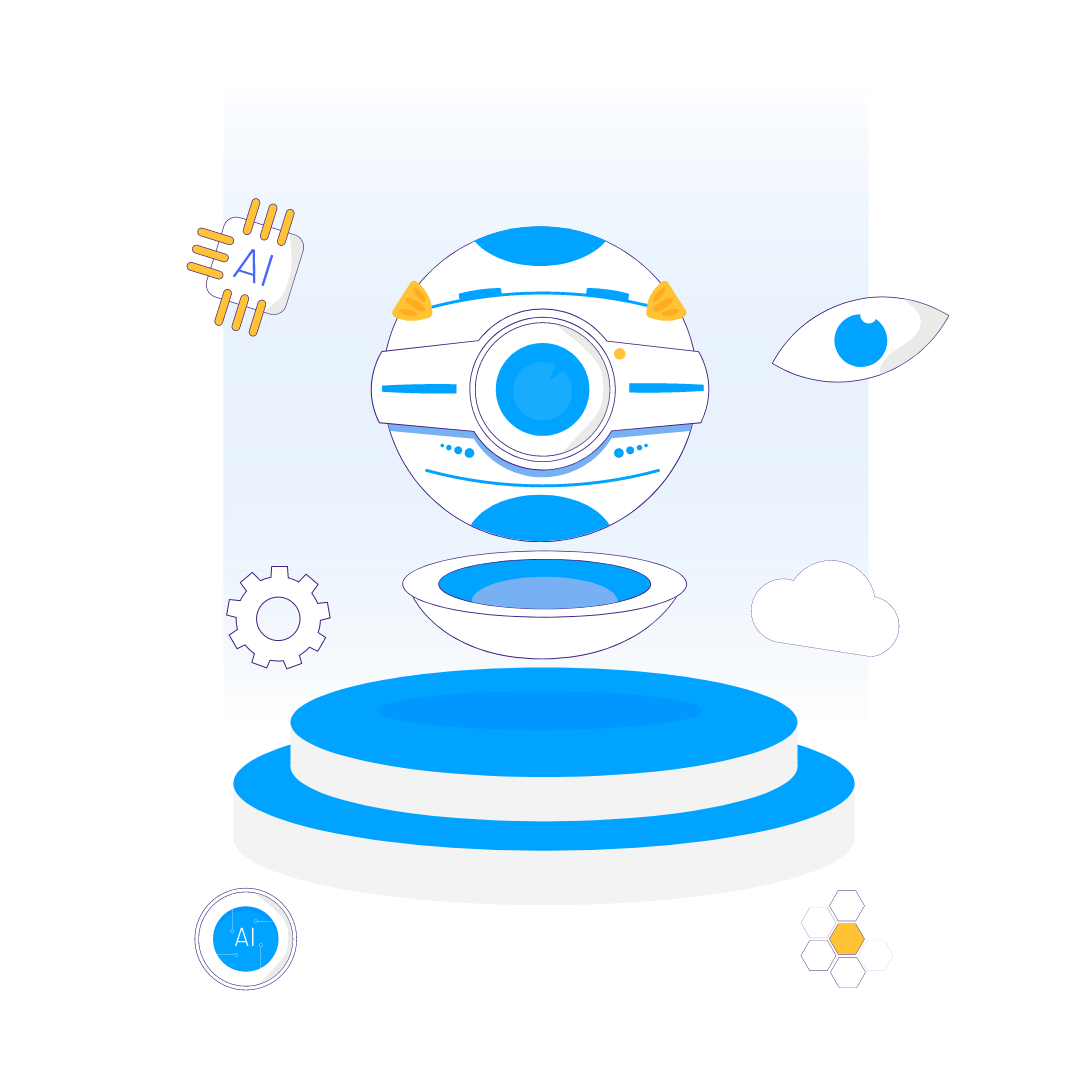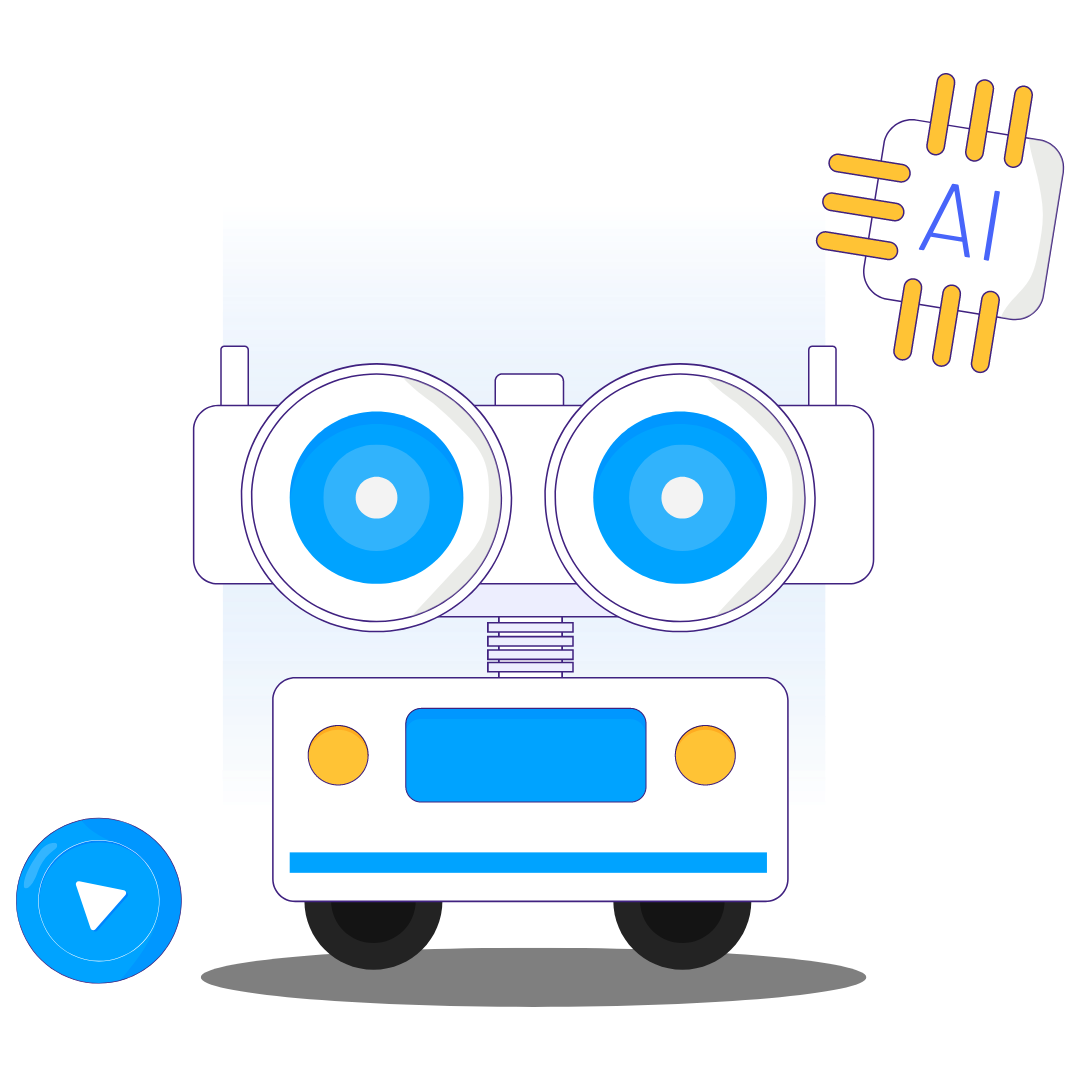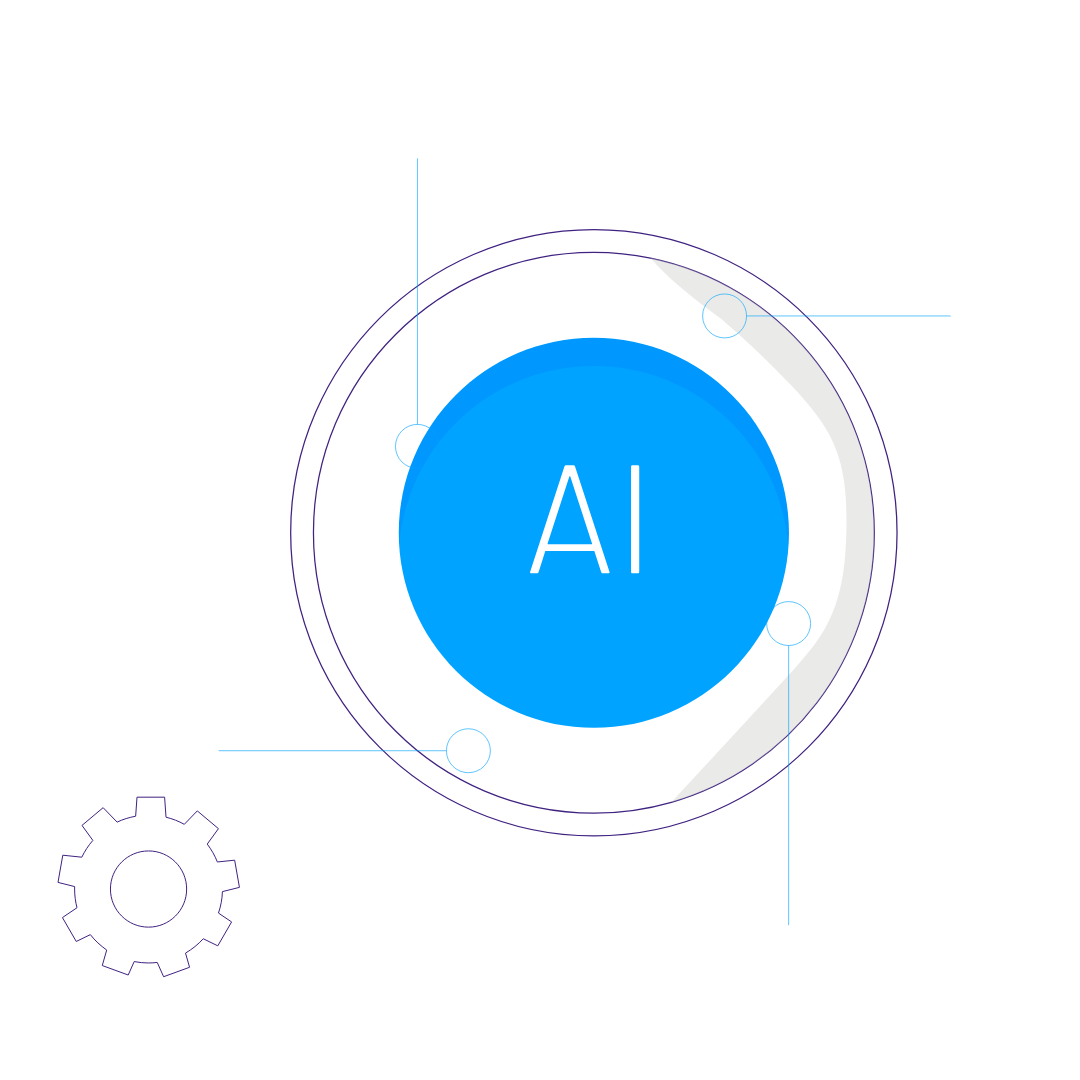
Share
Table of Contents
Machine Learning and it’s types Supervised Learning Unsupervised Learning Reinforcement Learning Deep Learning: A brief introduction Machine Learning and Deep Learning Work process Benefits and Applications of Machine Learning and Deep Learning Some of the most common applications of machine learning and deep learning include Challenges and Limitations of Machine Learning and Deep Learning ConclusionMachine Learning and Deep Learning: The Art of Teaching Machines to Learn from Data
Machine learning is the art of teaching machines to learn from data, while deep learning is a subset of machine learning that uses artificial neural networks to enable machines to learn from large amounts of data. Both of these technologies have many real-world applications, from image recognition to natural language processing.
Machine Learning and it’s types
Machine learning is a subset of artificial intelligence that focuses on teaching machines to learn from data. In traditional programming, developers write code that tells the computer what to do. In contrast, in machine learning, developers provide the machine with data and algorithms to enable it to learn and improve its performance over time. Machine learning algorithms are designed to detect patterns in data and use those patterns to make predictions or decisions.
There are three main types of machine learning:
- Supervised learning
- Unsupervised learning
- Reinforcement learning
Supervised Learning
Supervised learning involves training a machine using labeled data, such as a dataset that includes images and their corresponding labels.
Unsupervised Learning
Unsupervised learning involves training a machine using unlabeled data, allowing the machine to identify patterns and relationships without human intervention.
Reinforcement Learning
Reinforcement learning involves training a machine to make decisions based on trial and error.Machine learning has numerous applications, including speech recognition, natural language processing, recommendation systems, and image recognition.

Deep Learning: A brief introduction
Deep learning is a subset of machine learning that uses artificial neural networks to enable machines to learn from substantial amounts of data. Neural networks are modeled after the structure of the human brain, and they are designed to learn and improve their performance over time.
Deep learning algorithms use multiple layers of artificial neurons to identify patterns and relationships in data. These layers allow the machine to learn hierarchical representations of data, meaning that it can identify more complex patterns and relationships as it moves through the layers. The more layers a neural network has, the more complex patterns it can identify.
Deep learning has many real-world applications, including image and speech recognition, natural language processing, and autonomous vehicles.
Machine Learning and Deep Learning Work process
Machine learning and deep learning work by using algorithms that learn from data. The process typically involves several steps, including:
- Data Collection
- Data Preprocessing
- Model Building
- Training
- Testing
- Deployment
The first step in any machine learning or deep learning project is to collect data. The more data available, the more accurate the predictions or decisions the machine can make.
Once the data has been collected, it needs to be preprocessed to ensure that it is consistent and usable. This step may involve cleaning the data, transforming it into a usable format, and splitting it into training and testing sets.
After the data has been preprocessed, the machine learning or deep learning algorithm can be built. The algorithm is designed to identify patterns in the data and use those patterns to make predictions or decisions.
Once the model has been built, it needs to be trained using the training set. During training, the algorithm adjusts its parameters to minimize its error rate and improve its accuracy.
After the model has been trained, it needs to be tested using the testing set. The testing set is used to evaluate the performance of the model and ensure that it is accurate.
Once the model has been trained and tested, it can be deployed in a real-world application.

Benefits and Applications of Machine Learning and Deep Learning
There are numerous benefits to using machine learning and deep learning, including:
- Automation
- Improved Accuracy
- Cost Reduction
- Personalization
- Speed
Machine learning and deep learning algorithms can automate many tasks that would otherwise be done by humans.
Machine learning and deep learning algorithms can make more accurate predictions and decisions than humans in many cases.
By automating tasks, machine learning and deep learning can reduce costs and improve efficiency in various industries.
Machine learning and deep learning algorithms can be used to provide personalized recommendations and experiences to users based on their behavior and preferences.
Machine learning and deep learning algorithms can process large amounts of data quickly, allowing for real-time decision-making.
Some of the most common applications of machine learning and deep learning include
Image and Video Recognition
Deep learning algorithms can be used to recognize objects, faces, and actions in images and videos, making them essential for applications such as autonomous vehicles and surveillance systems.
Natural Language Processing
Machine learning algorithms can be used to analyze and understand human language, allowing for applications such as chatbots, language translation
Healthcare
Machine learning and deep learning algorithms can be used to analyze patient data and medical images, helping doctors to make more accurate diagnoses and personalize treatment plans.

Finance
Machine learning and deep learning algorithms can be used to detect fraud and analyze financial data, helping companies to make more informed investment decisions.
Marketing
Machine learning algorithms can be used to analyze customer behavior and preferences, allowing for targeted marketing campaigns and personalized recommendations.
Challenges and Limitations of Machine Learning and Deep Learning
While machine learning and deep learning have many benefits, there are also some challenges and limitations to consider.
1. Data Quality
Machine learning and deep learning algorithms require high-quality data to work effectively. If the data is biased, incomplete, or inaccurate, the algorithms may not be able to make accurate predictions or decisions.
2. Complexity
Deep learning algorithms can be extremely complex, requiring large amounts of computational power and time to train and deploy.
3. Interpretability
Deep learning algorithms can be difficult to interpret, making it challenging to understand how they make their decisions.
4. Overfitting
Machine learning algorithms can sometimes overfit the training data, meaning that they are too specific to that data and may not generalize well to new data.
5. Ethics and Bias
Machine learning algorithms can perpetuate bias and discrimination if the data used to train them is biased. This can have serious ethical implications in areas such as hiring, lending, and criminal justice.

Conclusion
Machine learning and deep learning have revolutionized technology and have many real-world applications. These technologies have the potential to automate tasks, improve accuracy, and reduce costs in various industries. However, they also come with challenges and limitations, such as data quality, complexity, interpretability, overfitting, and bias. As machine learning and deep learning continue to evolve, it is essential to address these challenges and ensure that these technologies are used ethically and responsibly. Cloud Destinations is an industry leader with a wide range of expert teams who helps businesses to implement machine learning, deep learning technologies in their core systems and helps them to achieve the desired results.
Check our website at https://clouddestinations.com for further details or write to us at info@clouddestinations.com for any query.
 Back
Back














 Linkedin
Linkedin








